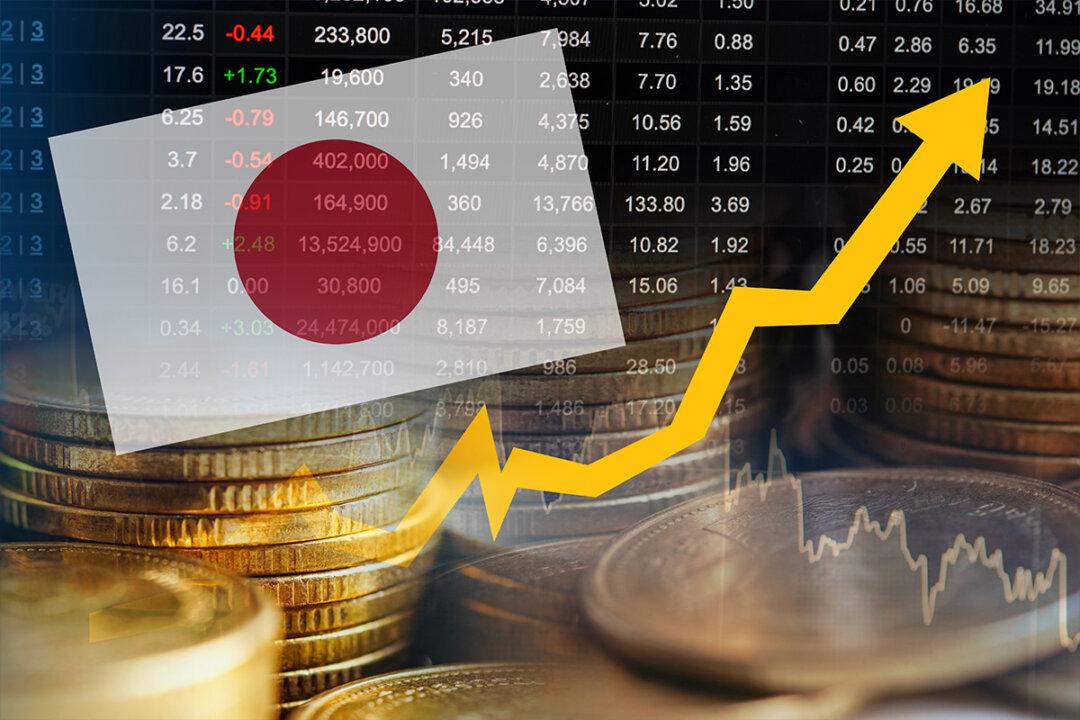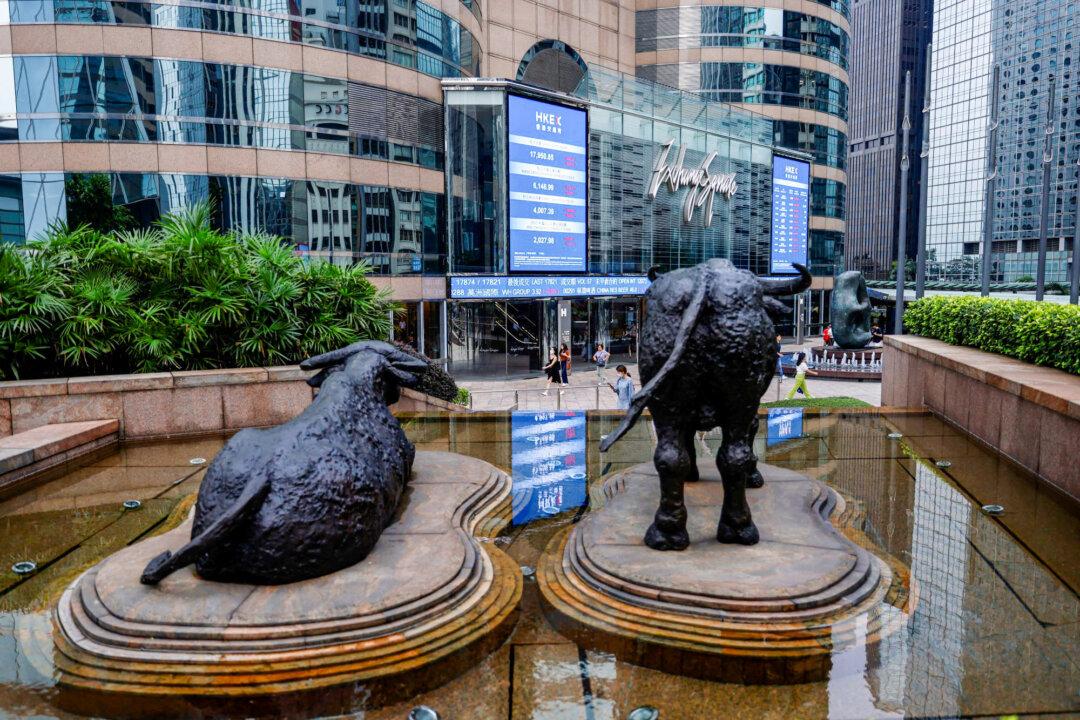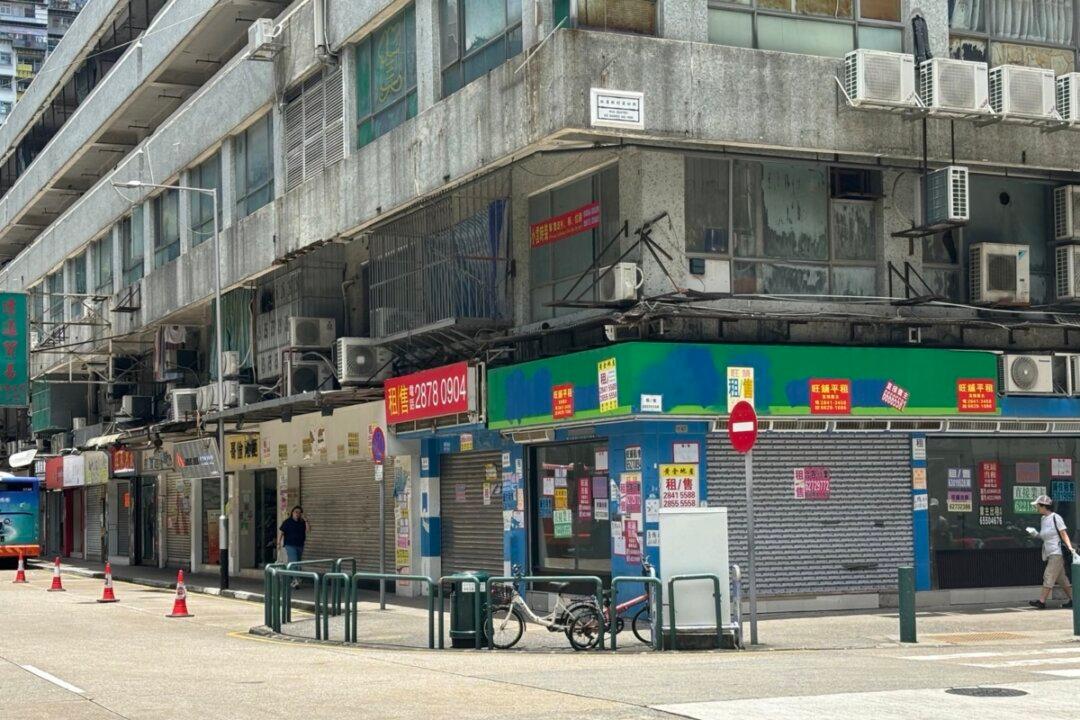On March 7, the Nikkei 225 Index surged briefly to a historic high of 40,472, breaking the 40,000 mark and way above the 38,957 recorded in Japan’s golden era in 1989. Hong Kong, a close relative in trade and tourism with Japan, on the contrary, is struggling with its own Hang Seng Index (HSI), which has fallen by more than 42 percent during the past three years, reaching a low of 14,794 in 2023, returning to its 1997 level.
The Japanese stock market is often taken as one of the important metrics to assess the health of Japan’s economy during its lost two to three decades. In terms of (stock market) indices, Japan has clearly emerged from its lost decades and is going into a new era. Market analysts point to the depreciation of the yen as the main contributor, but Lew Mon-hung, a former member of the CCP’s advisory body, shared another opinion during an interview with The Epoch Times.




